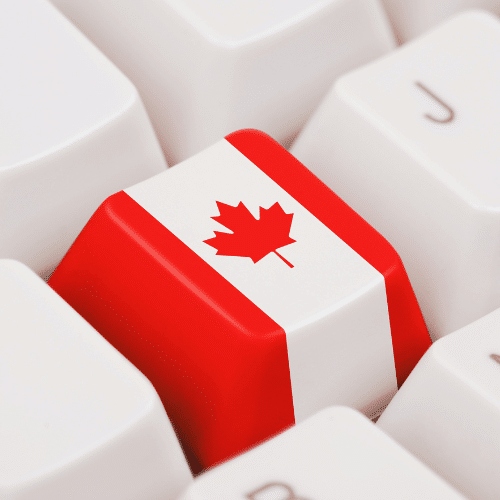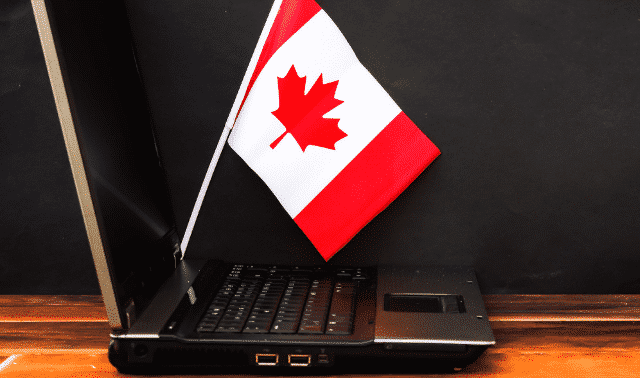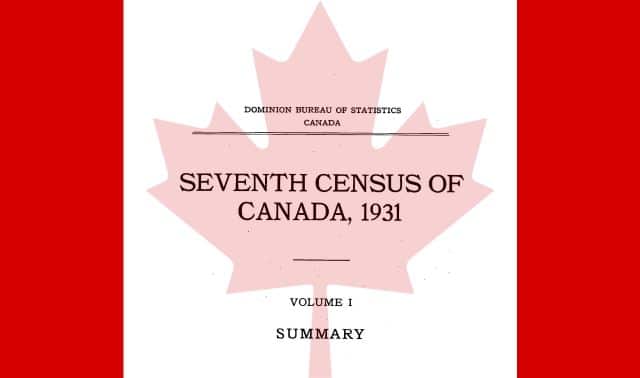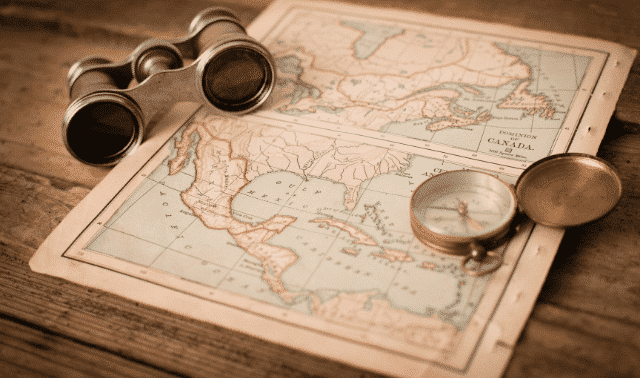Sign up for the Family Tree Newsletter! Plus, you’ll receive our 10 Essential Genealogy Research Forms PDF as a special thank you.
Get Your Free Genealogy Forms
"*" indicates required fields

Looking for ancestors in Canada? Whether you’re a native Canadian or you’re from the United States, these tips will help you get your genealogy search off to a good start.
After you’ve made note of these key facts, brush up on your knowledge of Canadian ports of immigration, and you’ll be on your way to discovering your Canadian ancestors.
- Britain and France settled in Canada beginning in the late 15th century. In 1763, after the Seven Years War—during which Britain began the deportation of Acadia’s French population—France ceded nearly all of its North American colonies to Britain. Quebec in particular retained its French identity and today, Canada is officially bilingual. Other common Canadian heritage groups include Scottish, Irish, German, Asian and First Nations (see a full list of Canadian ethnic origins here).
- In 1791, French-speaking Lower Canada was separated from English-speaking Upper Canada (these are shown in the 1838 map above). Confederation unified Canada in 1867. The Canada Act of 1982 made Canada a self-governing parliamentary democracy and a constitutional monarchy with Britain’s Queen Elizabeth II as head of state.
- Places are important to know because most records were created and stored locally. With 10 provinces and three territories, Canada’s borders have shifted as new administrative divisions formed. The Geographical Names of Canada database can help you figure out place name changes.
- Starting in the 1870s, the Canadian government encouraged homesteading through land grants in the Prairie provinces of Alberta, Manitoba and Saskatchewan, attracting many Europeans and Americans. Gold rushes, railroads and lumber work attracted many Asians to western Canada.
- Library and Archives Canada (LAC) holds federal records such as censuses, passenger lists and military records. Access searchable databases, record images and research guides in the Genealogy and Family History section of its website.
- Each province also has its own archives, generally with vital records, tax records and some land records. You’ll find links to Canadian provincial archives and library websites here.
- National censuses began in 1871 and happened every 10 years. The most recent available is 1921. Find free indexes to most on FamilySearch and some on Automated Genealogy, with record images on Ancestry.com. Also see the census section of the LAC website. Various provincial, territorial and colonial censuses also took place.






